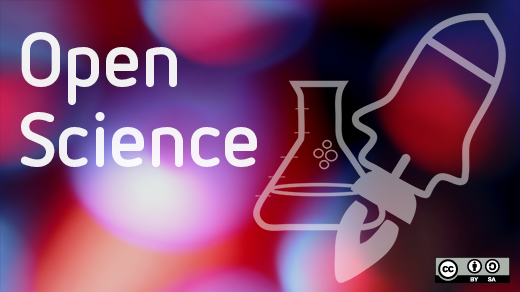The medical image community embraced open source as a standard practice back in 2000, with the adoption of the Insight Toolkit (ITK). ITK is sponsored by the US National Library of Medicine and was built as a C++ library. It is the equivalent to a usable encyclopedia of image processing algorithms.
From 2000 to 2005, the development team realized that a large part of the effort of developing and maintaining ITK was dedicated to converting algorithms published in technical articles into runnable and maintainable code that could be shared across members of a larger community. It was through this effort that the development team decided that a new type of publication venue was required to suit the needs of a community for which computational methods were essential.
The traditional method of writing an article with a verbal description of an algorithm was completely insufficient for readers to be able to implement such algorithms from scratch.
To this end, in 2005, also with the support of the National Library of Medicine, the ITK community designed and implemented The Insight Journal. This new journal, born in the digital age, started by throwing out all the limitations inherited by the constraints of publishing in physical paper. Free of those constraints, it became possible for us to adopt progressive practices of scientific discourse, all built around the notion of enabling efficient reproducibility of the published work.
In particular, The Insight Journal champions the adoption of:
- online only publications
- open peer-reviews (all readers are allowed to post reviews)
- immediate publication (papers go online in 24 hours)
- post-publication reviews (papers are first published, and then publicly reviewed)
- continuous reviews (the review process never ends, new reviews can be submitted any time)
- reproducibility requirements (the article must include all the elements to replicate the work, in particular: source code, data, parameters, and scripts)
- a virtual environment for reproducibility verification (a server backend was set up to configure, build, run, and test the software submitted as part of the publication; this process was automated using the Xen virtualization platform)
- versioning and revisions of articles (authors are encouraged to submit corrections and subsequent versions of their articles, accelerating the cycle of self-correction and providing the best quality material to readers)
- readers as raters (readers were empowered to rate articles as well as the comments posted by reviewers, creating a self-controlling system of check and balances)
As usual, technology was not the difficult part of creating and implementing The Insight Journal. Instead, it was the cultural resistance of a community accustomed to traditional ways of publishing, and in particular, the inertia imposed by the reward system used in the scientific and academic community where, at the time, there was not appreciation for the true sharing of reproducible materials.
After almost ten years of embracing and promoting open science practices, The Insight Journal has 2928 registered users, 570 publications, and 805 open reviews. The cultural resistance has begun to subside, and a larger number of community members are now appreciating the importance of reproducibility verification as an anchoring rock of scientific research.
This Journey has transformed an entire research community into a more open and collaborative one, capable of advancing research at a much faster and solid pace.
View the complete collection of stories for Open Science Week.








Comments are closed.